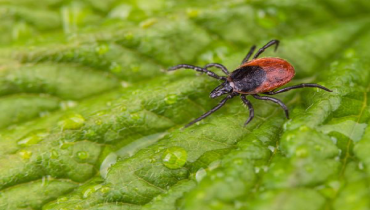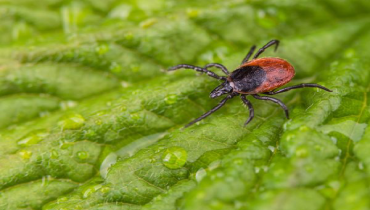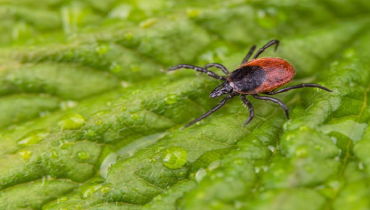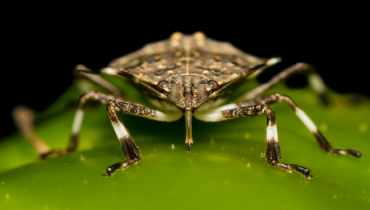It doesn’t matter if it’s the spring, summer, or fall; when the weather permits and outside temps are reasonable, many
Learn moreMosquito Joe® Blog
Shared Resources for Your Pest Control Needs

EPA PESP Gold Member Status: A Milestone in Environmental Stewardship
We’re thrilled to announce that Mosquito Joe has achieved Gold Status within this program, a prestigious recognition reserved for “outstanding environmental stewards.
Showing 28 Results for Tick Control
Have you ever wondered, How far can a tick jump? If so, you’ve come to the right place! Let’s dig into the cool facts about how ticks travel so you
Learn moreTicks and the diseases they carry pose a threat to the health of your family and pets. It’s important to understand how to prevent
Learn moreTicks might not only carry diseases that may affect you and your pet, but they can also breed on your dog. A tick on your pet can
Learn morePest Control Mosquito Control Tick Control
Apr 15 2022Invasive bugs are a huge problem in the United States. According to Entomology Today, the economic impact of invasive insects is more than $30 billion each year.
Learn moreBlog Category
About Mosquito Joe®






